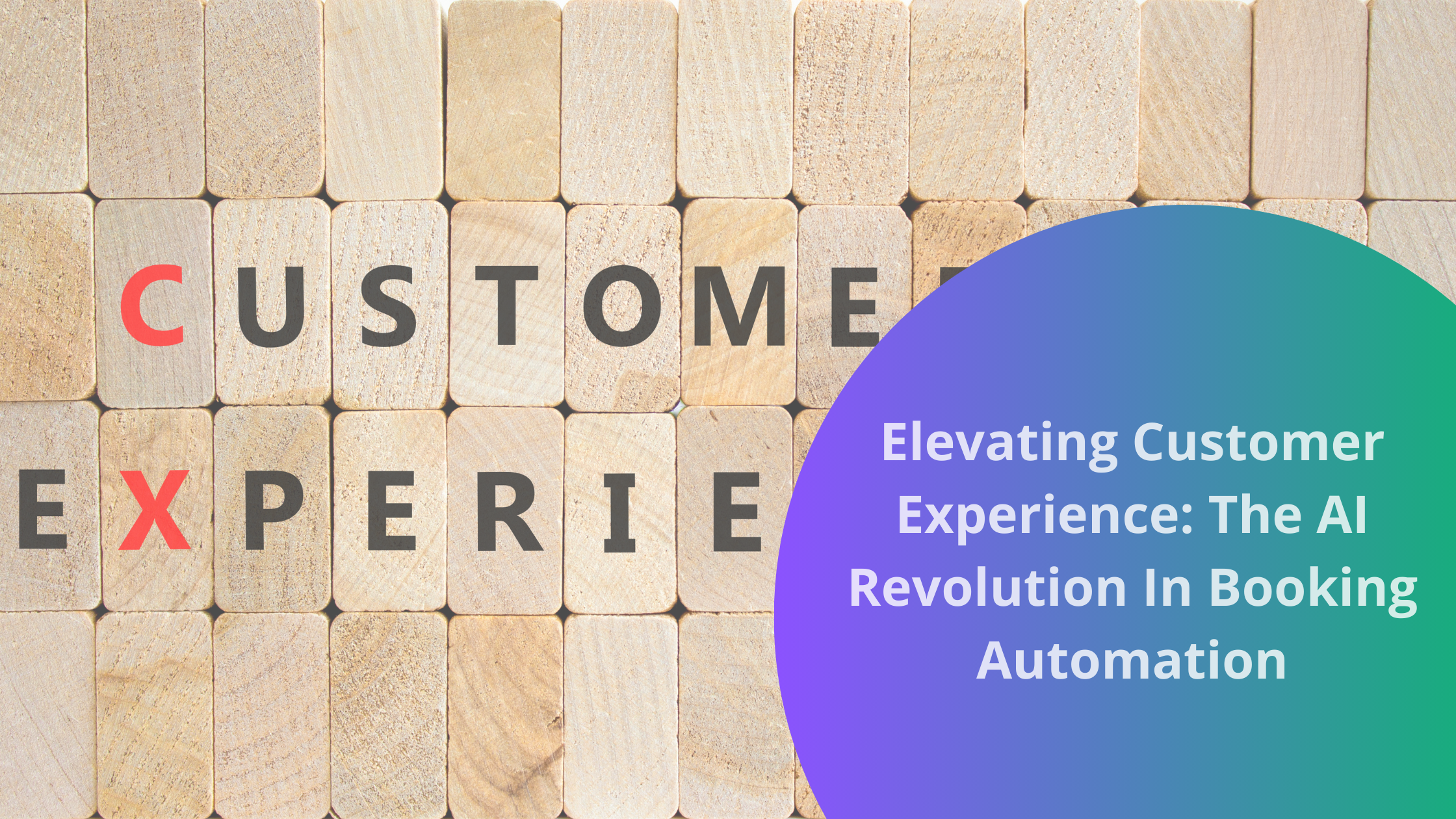To generate leads for your SaaS startup is crucial in today’s highly competitive digital marketplace. An effective lead generation strategy not only sparks interest in your product but also nurtures potential customers until they become paying users.
This guide will take you through the key steps, from understanding your audience and using digital marketing tools, to offering product trials and analyzing results, helping you to effectively generate and convert leads for sustainable business growth.
What Is A Lead For SaaS Startups?
In SaaS (Software as a Service), a lead refers to an individual or organization that has shown interest in your service, thus becoming a potential customer. This interest can be demonstrated in a variety of ways, such as scheduling an appointment, signing up for a newsletter, completing a form on your website, or directly contacting your company for more information.
Generating leads for your SaaS startup involves identifying and attracting these potential customers. And to achieve that, you would need a powerful marketing strategy, which furthermore would require an expert marketing team.
During the initial days of your startup, building a strong marketing team can be challenging. Additionally, if you as a founder or co-founder don’t have marketing skills, then finding a CMO who can build and manage your marketing team can be even more challenging. That is where a fractional CMO (Chief Marketing Officer) can help. A fractional CMO, being a part-time executive, brings in their extensive expertise in marketing strategies and tactics to help startups attract and convert leads effectively.
How Can SaaS Startups Ensure Their Lead Generation Efforts Are Working?
SaaS startups can ensure they’re targeting the right leads in their lead generation efforts by following these steps:
- Define Your Ideal Customer Profile (ICP): The first step is to identify who gets the most value from your product and provides significant value to your company. Criteria might include company size, industry, job role, and specific challenges that your product addresses.
- Create Buyer Personas: These semi-fictional representations of your ideal customers can help you understand your audience better. They include information about demographics, motivations, pain points, and buying behavior.
- Understand Your Buyer’s Journey: Identify the stages your customers go through from the time they become aware of your product to the time they make a purchase.
- Segment Your Market: Divide your market into segments based on various factors like geography, industry, company size, etc. This will help you target your efforts more effectively.
- Perform A/B Testing: Experiment with different approaches to see what works best for your audience. This could be blog posts, e-books, white papers, one-pagers, infographics, videos, podcasts, webinars, or any other type of content that your target audience will find useful and engaging.
- Monitor Your Analytics: Keep an eye on your metrics to see where your leads are coming from, what’s driving their behavior, and what’s leading to conversions.
- Iterate And Improve: Based on your findings, make necessary adjustments to your strategies to improve lead generation.
What Are The Best Strategies To Generate Leads For Your SaaS Startup?
Generating leads for your SaaS startup is a multi-step process that involves attracting potential customers, engaging with them, and nurturing them to the point of conversion. There are numerous strategies you can use, and the best ones will depend on your specific business, product, and target audience. Here are some strategies that have proven effective for many SaaS startups:
Content Marketing
Content marketing is about creating and sharing valuable, relevant, and consistent content with the goal of attracting and retaining a clearly-defined audience. This could be blog posts, e-books, white papers, infographics, videos, podcasts, webinars, or any other type of content that your target audience will find useful and engaging. A key part of content marketing is SEO (Search Engine Optimization), which involves optimizing your content to rank high in search engine results for keywords that your target audience is searching for.
Social Media Marketing
Social media marketing on platforms like LinkedIn, Twitter, Facebook, and Instagram are valuable tools for reaching out to potential customers. Regularly posting updates about your product, sharing your content, and engaging with your audience can help you attract new leads.
Email Marketing
Building an email list and sending out regular email newsletters can be a very effective way to engage with your audience and nurture leads. Your emails can share company news, provide updates on your product, offer valuable insights, and more.
Paid Advertising
Paid advertising, such as Google Ads or Social Media ads, can be a great way to reach a larger audience. These platforms allow you to target your ads based on factors like demographics, interests, and behavior, so you can reach people who are likely to be interested in your product.
Product Trials And Demos
Offering free trials or demos of your product allows potential customers to see the value of your product firsthand. This can be a very effective way to attract leads, especially if your product is complex or innovative and potential customers might not immediately understand its value.
Partnerships And Affiliate Marketing
Partnering with other businesses that have a similar target audience can help you reach more people. This could be through cross-promotions, guest blogging, joint webinars, or an affiliate marketing program where they receive a commission for referring customers to you.
Customer Reviews And Testimonials
Positive reviews and testimonials from happy customers can be very persuasive to potential leads. These provide social proof that your product is valuable and effective.
Lead Nurturing
Once you’ve attracted leads, you need to nurture them through the sales funnel until they’re ready to make a purchase. This involves regular communication, providing them with valuable content, addressing their questions and concerns, and demonstrating the value of your product.
Analytics And Continuous Improvement
Finally, it’s important to regularly review your analytics to see which of your lead generation strategies are working and which ones aren’t. This allows you to continuously improve your strategies based on real data.
Remember, lead generation is not a one-size-fits-all process. What works best for your SaaS startup will depend on your specific product, audience, and business model. It’s important to experiment with different strategies, monitor your results, and adjust your approach as necessary.
Conclusion
The process to generate leads for your SaaS startup is a strategic endeavor that involves identifying your target audience and nurturing them through various stages of the sales funnel. Implementing a combination of tactics such as content marketing, social media, email marketing, paid advertising, product demos, partnerships, and leveraging customer testimonials can significantly boost your lead generation efforts.
However, it’s important to remember that lead generation is an ongoing process and requires constant analysis and refinement of your strategies. Monitoring and adjusting your tactics based on their performance can optimize your ability to generate leads for your SaaS startup, driving growth and sustainability.




